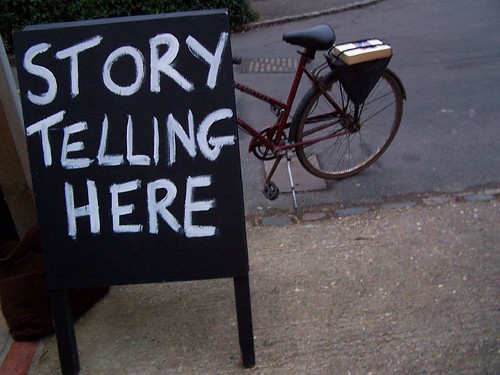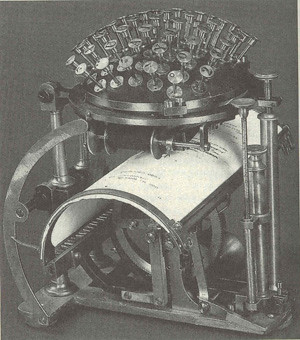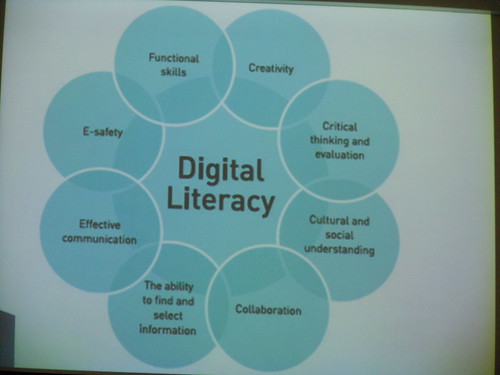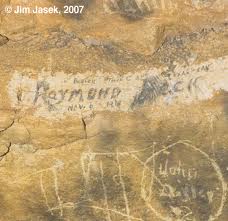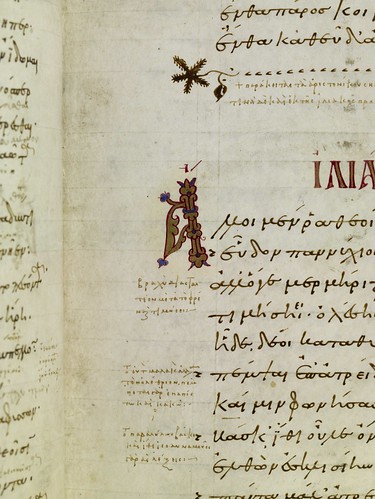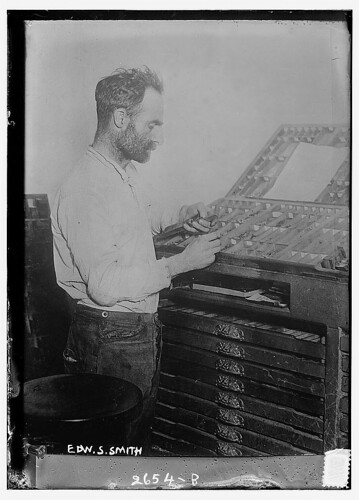
I’m fascinated by the intersection of information, communications, and educational technologies. My undergrad degree is in computer information systems, my post grad is in communications and this term will mark the end of my educational technology masters degree.
Before my educational journey began I worked for a newspaper for 7 years which ended in parallel to massive technological change in the industry. Disruption was rampant as the traditional press and layout began to be replaced by software programs and new hardware technologies. My interest in print has recently been renewed as I just completed a recent consulting stint with Kodak where I delivered a workplace training program to a community of solution architects. These solution architects work with print service providers, including newspapers, as they incorporate new technologies to keep up with the rapid pace of change that is continuing to disrupt the print industry.
I think that this photo from Flikr is a good snapshot over time of some of the artefacts of change and I particularly liked it because it includes a Kodak Photo CD. This reminds me of how recently we had training programs on CDs and how many of these were replaced by online content which are now changing once again to leverage the interactivity available through Web 2.0 technologies and web conferencing.
Control over the technologies, in the form of patents, act as both drivers and constraints to print technology innovations which translates into a significant impact on their use in the educational realm. For example, for every digital camera sold a royalty is paid to Kodak who owns the digital imaging patent. This has led to massive litigation as big companies like Apple and Rim fight against paying and rushing to publish their own imaging patents. Corporate ownership of technology patents impacts cost of printing and accessibility to print, in all forms.
The pace of change is mind numbing as we can now project changing interactive images in front of our students and simultaneously access information stored pretty much anywhere in the world. We can create and publish our own individual text books both digitally and on paper. We can carry around the equivalent of a large library in a small case just big enough for our Ipads and access even more information from anywhere that we can connect into a 3G or 4G network.
Wow. This course should be fascinating and I’m looking forward to connecting digitally with all of you and learning more about the history of text technologies.
Julie Simonsen




